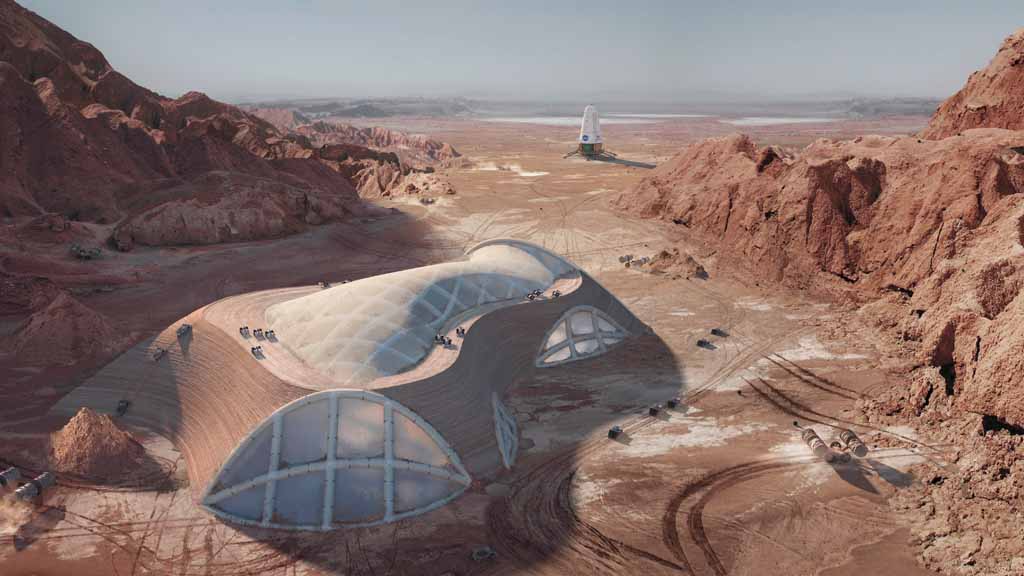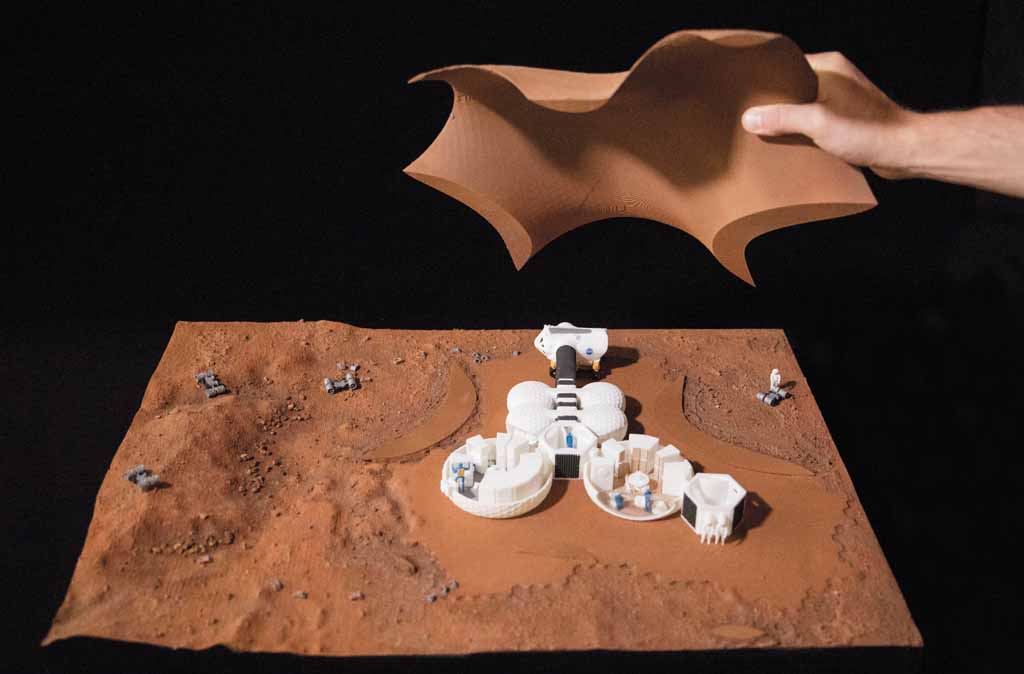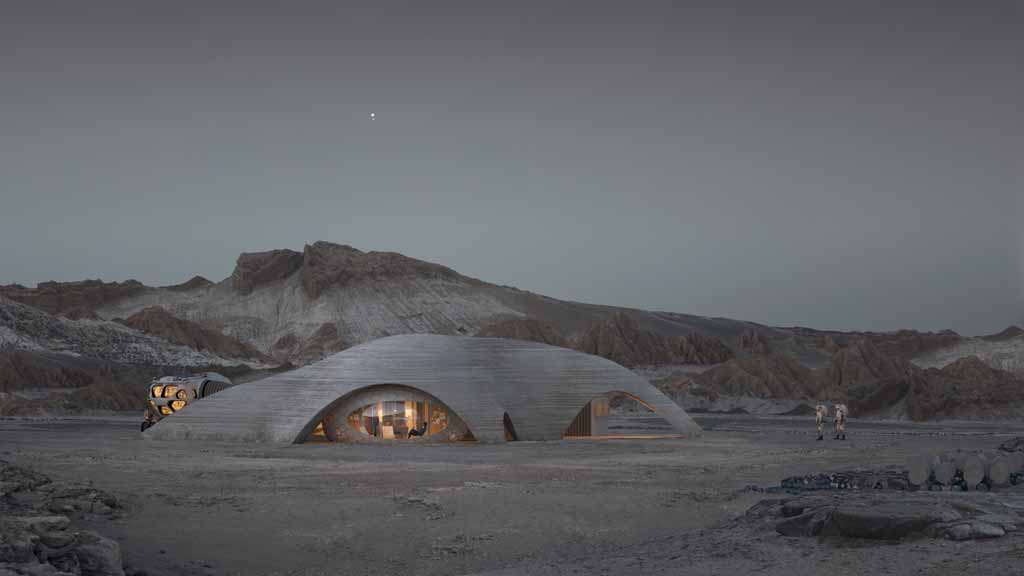Some designers create for the here and now while others take on imagined lives in space. Take architect and urban planner Mr. Xavier de Kestelier, head of Design Technology and Innovation at HASSELL. He is currently undertaking research with NASA and the European Space Agency where his expertise in parametric design, digital fabrication, computational design, rapid prototyping, advanced materials, and the application of robotics in design are put to excellent use.
A renowned academic who has worked on Apple headquarters, The Smithsonian, Museum of Fine Art in Boston, and Beijing Airport, Mr. de Kestelier has recently led HASSELL in NASA’s 3D Printing Centennial Challenge – to design human habitation in Mars – where they emerged among the top 10 participants.
Calling the Challenge a “welcome opportunity to bring a human element into aerospace design”, Mr. de Kestelier points out that space exploration design emphasizes maximum performance and efficiency for technology and machines rather than for people. He espouses creating an environment on Mars with high performance as well as comfort and familiarity for the astronauts. “It’s an environment where they feel safe and equipped to do the most important work in the history of space exploration.”
For this project, HASSELL collaborates with Eckersley O’Callaghan to design an external shell, which could be constructed entirely by autonomous robots using Mars’ natural regolith. The robots would be sent in an unmanned rocket, possibly years ahead of the astronauts. The shell will have been completed when the astronauts land, offering them protection from the harsh Martian elements.
Once the astronauts land, they would rapidly construct the building’s interior with inflatable ‘pods’ that incorporate all the living and working requirements for everyday life on Mars.
“Anything that can’t be built using Martian regolith needs to be transported with the astronauts; making the size and weight of materials critical,” says Mr. de Kestelier. “With this in mind, we explored multiple types of expandable structures that are commonly used on earth to see how they might be adapted for use on Mars. We looked at everything from sports equipment to origami, to identify the most effective structure, with the final option being a modular approach.
The modules that Mr. de Kestelier and designed are continuously expandable. “As soon as one is occupied another can be added on. This creates the potential for ongoing expansion and the creation of a true community, rather than a series of singular structures.”
Sixty per cent of the design should have been finished by now, with the remaining components to be completed by January 2019 in time for the announcement of overall winners.














 Back
Back
